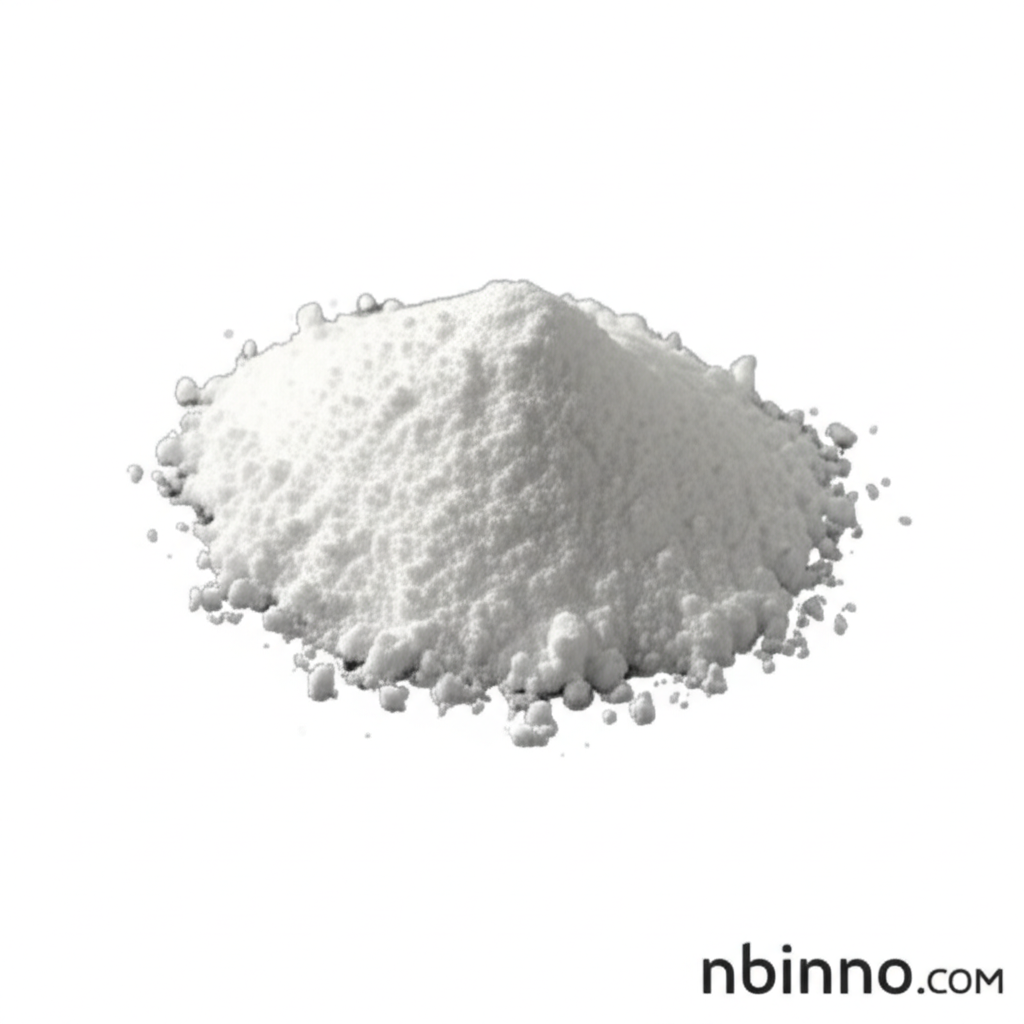1-(2-Hydroxyethyl)-1H-pyrrole-2,5-dione: A Versatile Maleimide Derivative for Bioconjugation and Material Science
Unlock advanced bioconjugation, drug delivery, and polymer science with this key maleimide compound.
Get a Quote & SampleProduct Core Value

1-(2-Hydroxyethyl)-1H-pyrrole-2,5-dione
This compound is a highly versatile chemical building block renowned for its maleimide functionality combined with a reactive hydroxyethyl group. Its primary value lies in its ability to undergo selective Michael addition reactions with thiol groups, making it an indispensable tool in various advanced applications.
- Explore the precision of protein labeling with N-HEMal, enabling targeted modifications for research and diagnostics.
- Leverage the potential of drug delivery maleimide conjugates for enhanced therapeutic efficacy and targeted treatment.
- Utilize this compound as a scaffold for developing innovative fluorescent probes, aiding in cellular imaging and biomolecular tracking.
- Discover its utility in polymer chemistry, serving as a monomer for creating functional copolymers with tailored properties.
Key Advantages
Selective Thiol Reactivity
The maleimide group in this compound exhibits high specificity for thiol groups, crucial for precise protein modification and bioconjugation applications.
Functionalization Handle
The hydroxyethyl group offers a convenient site for further derivatization, allowing for enhanced water solubility and the introduction of various other reactive functionalities for advanced applications.
Broad Application Spectrum
From life sciences to material science, this maleimide derivative is pivotal in areas like antibody-drug conjugates and novel polymer architectures, driving innovation in research and development.
Key Applications
Bioconjugation
Facilitates the precise attachment of biomolecules, essential for creating complex bioconjugates and studying molecular interactions through maleimide thiol click chemistry.
Drug Delivery
Enables the development of targeted therapeutics by conjugating drugs to carriers, improving pharmacokinetics and reducing side effects in various treatment modalities.
Protein Labeling
A primary tool for site-specific labeling of proteins, allowing researchers to track protein localization, study interactions, and develop diagnostic reagents.
Material Science
Used as a monomer in polymer synthesis, leading to the creation of functional copolymers and hydrogels with tunable properties and self-healing capabilities.
